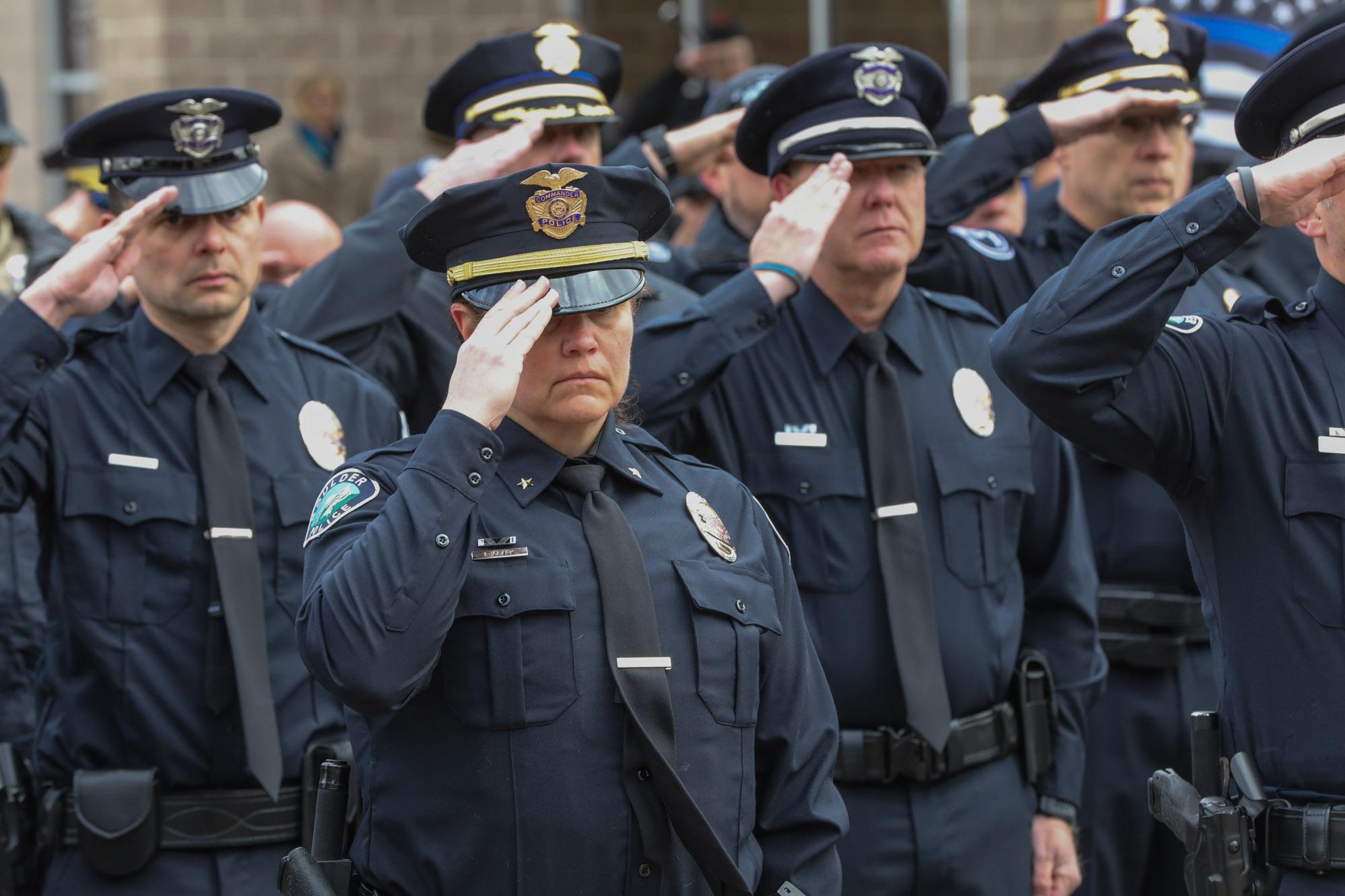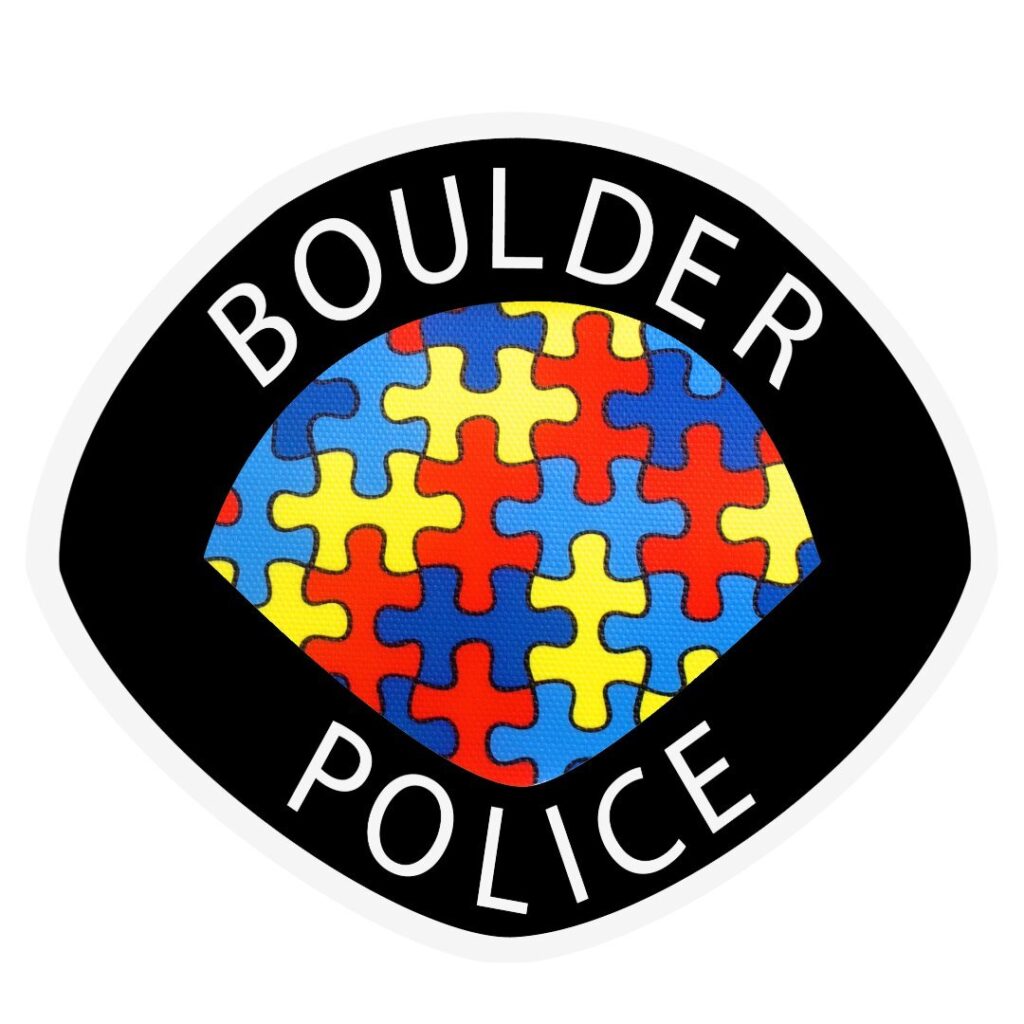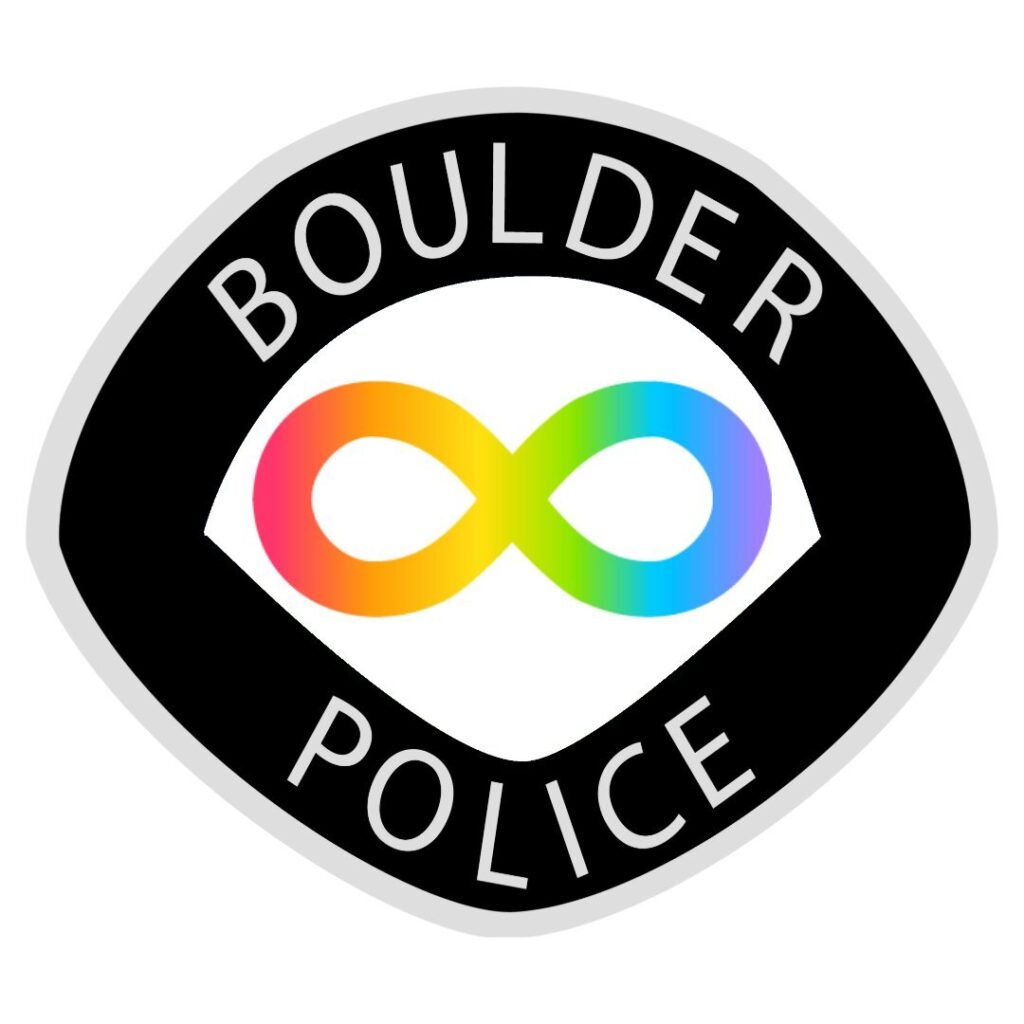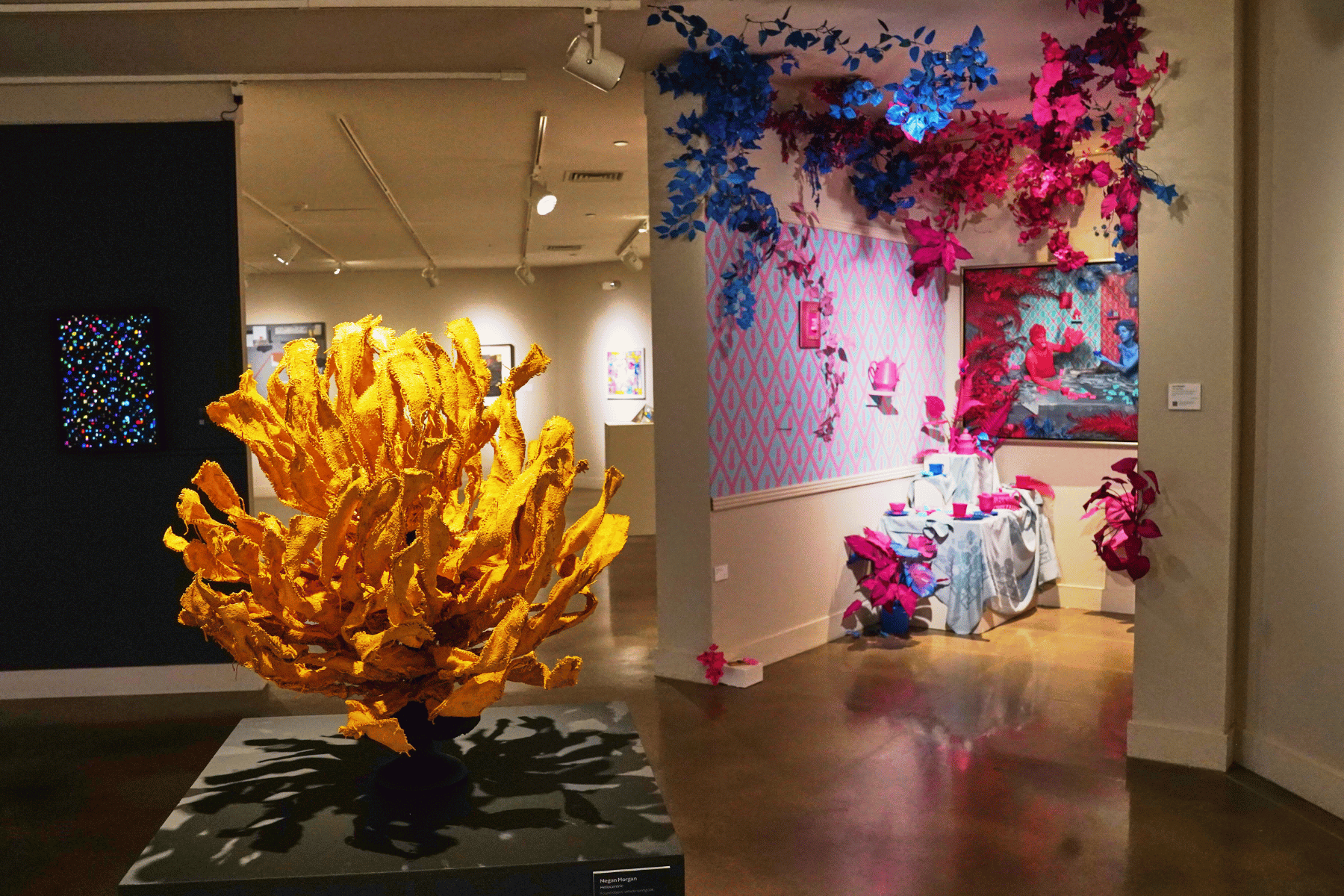
The Boulder Police Department launched its Autism Decal Program to help officers identify and better understand certain behaviors this month.
Someone who is autistic or someone associated with someone with the condition would place a decal on a vehicle or home.
“It helps officers better understand certain behaviors with the goal of creating a safe and secure scene for all,” said Kristen Pincus, whose 9 year-old son is autistic. She currently sits on the board for the Autism Society of Boulder County. “It includes so many different behaviors. It is a spectrum, of course, and everybody has their own behaviors and abilities. That being said, a lot of times those could be misinterpreted — if it's something that seems aggressive or dangerous.”
The idea for the program came about when Boulder parents with children on the autism spectrum approached Interim Police Chief Stephen Redfearn about concerns on how they would interact with officers. Shortly after, he heard the Chief of Police in Peoria, Illinois, discuss a similar program at a leadership summit.
“A lot of behaviors that are normal neurodivergent behaviors and they're benign and can be seen as evasive or non-compliant,” Pincus said. “And especially in situations of high stress, we definitely want our nonverbal kiddos or individuals to have an opportunity to alert somebody that they have special needs.”
Those behaviors include pulling away from an officer who might need to physically redirect someone, which is often mistaken for resistance. Sudden moves, or unpredictable/unexpected movement that is often misinterpreted as a threat. Lack of eye contact that is often misinterpreted as reluctance to engage with the officer based on the reason for contact. And, the lack of verbal response to questions by an officer that is often misinterpreted as unwillingness to cooperate.
Boulder PD Chief of Staff Alastair McNiven said the department worked with the Autism Society of Boulder County, the Autism Society of Colorado, the Center for People With Disabilities and families who have family members with autism.
“We've had a great response, so far, with people calling or writing in support of this program, and not just from within the City of Boulder, but from other parts of the state of Colorado and even further afield to include an inquiry from Virginia,” McNiven said.
There are two autism awareness designs to choose from. One is the longtime popular, colorful puzzle pieces created by the National Autistic Society in the United Kingdom in 1963. The symbol was chosen as a visual aid to illustrate the puzzling nature of autism. The other decal is the more-updated rainbow-colored infinity symbol that represents inclusivity.

A longstanding and popular Autism awareness decal, featuring colorful puzzle pieces. 
A newer Autism awareness decal, featuring a rainbow-colored infinity symbol that represents inclusivity.
Pincus said it comes down to a matter of preference. She said her son loves the puzzle piece symbol. But, the infinity symbol better represents the autism community.
“The reason [the infinity symbol] is rainbow-colored is to show the diversity on the spectrum. The spectrum of colors is a representation, a visual representation of the spectrum that you see within the autism community,” Pincus said.
“We put our officers through Crisis Intervention Team (CIT) training, which includes a module on recognizing and interacting with individuals with autism,” McNiven said. Boulder PD encourages more feedback from the autism community.
The decals can be picked up at the Boulder Police Department. So far, 80 decals have been handed out since the launch of the program.








